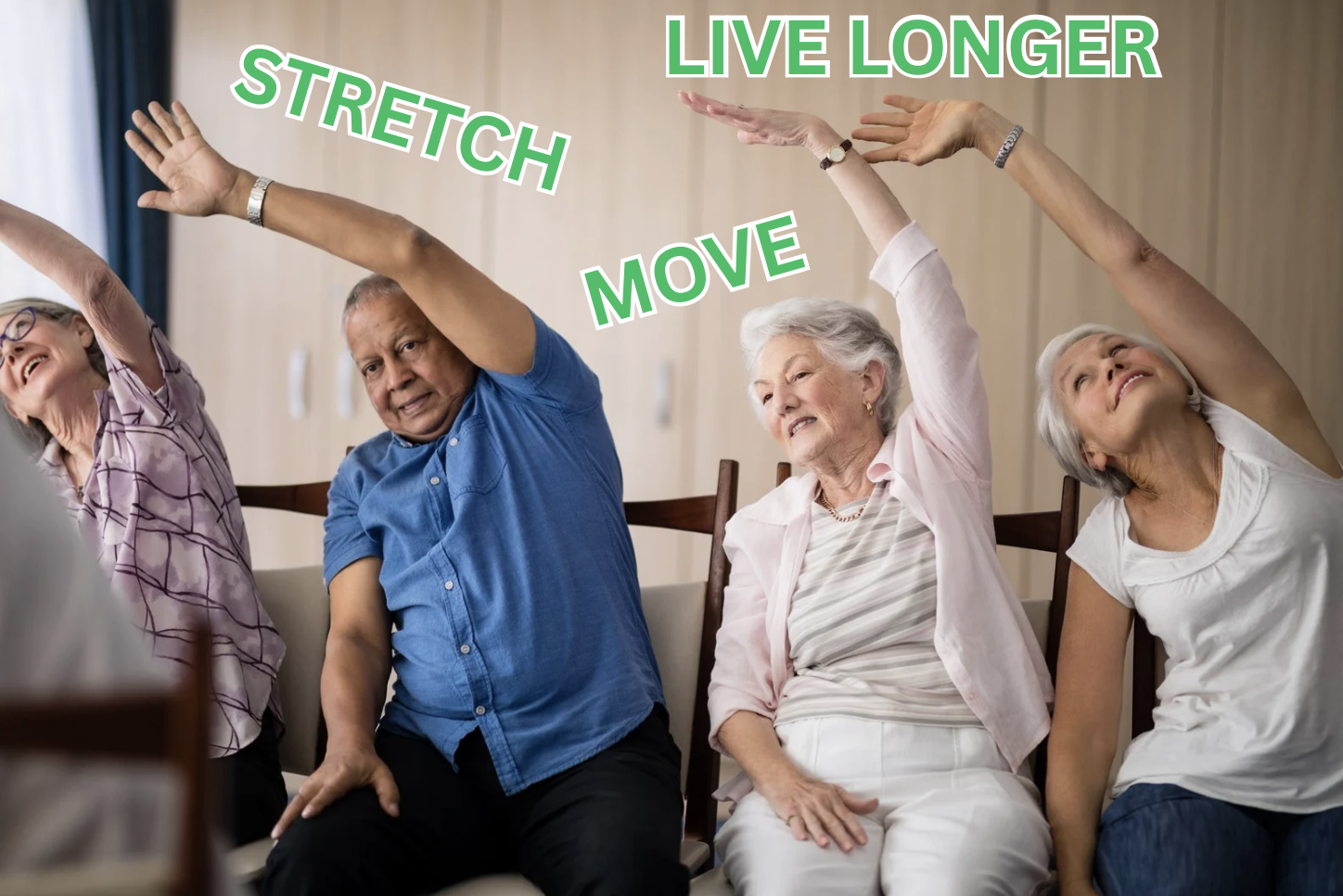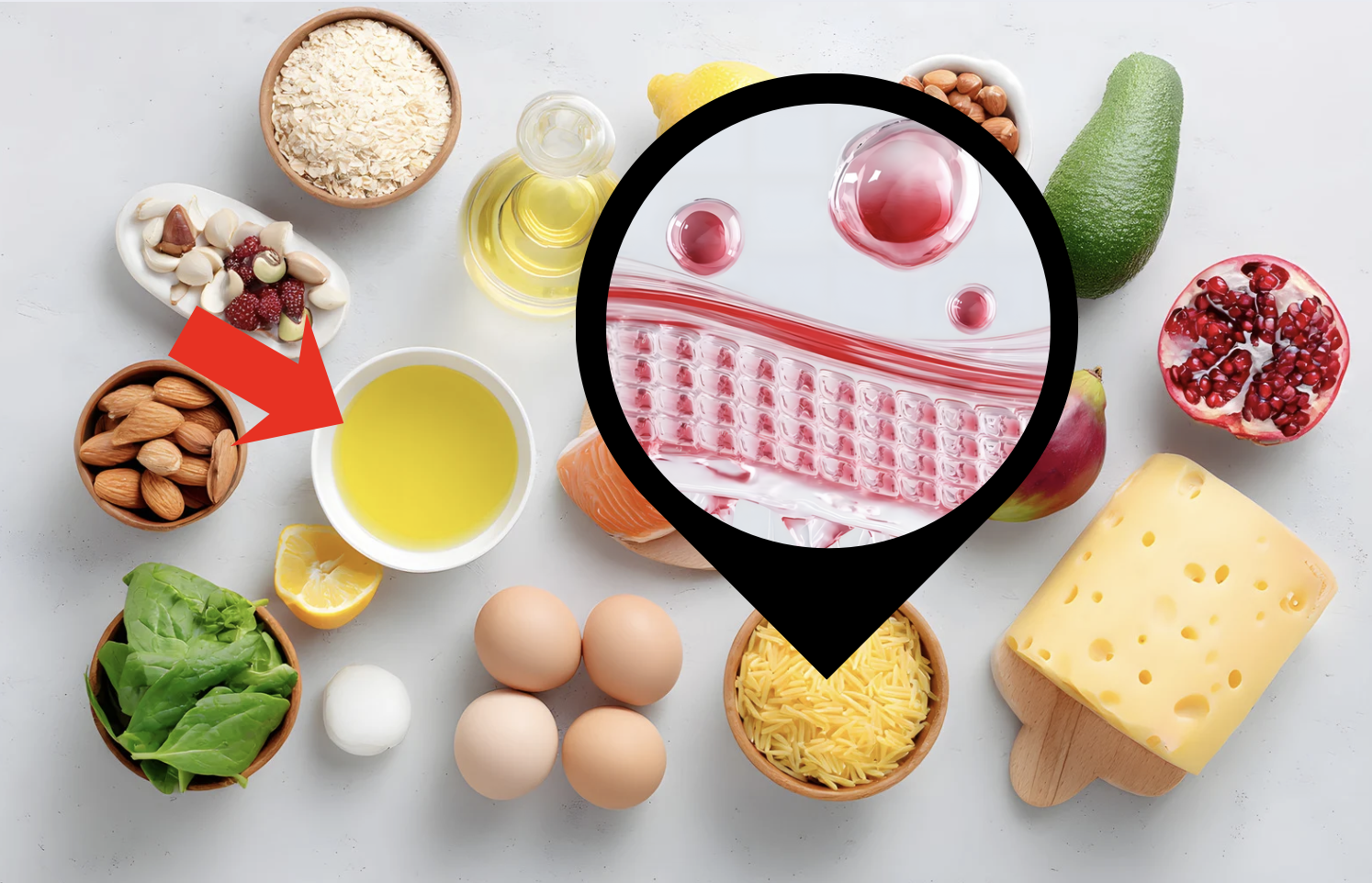Food cravings are often seen as harmless indulgences or a lack of willpower, but they may actually be your body’s way of signaling deeper nutritional or physiological imbalances. Whether you’re constantly reaching for sweets, salty snacks, or even chewing ice, these urges can provide valuable clues about your health.
Understanding what drives cravings can help you make more informed choices and better support your body’s needs.

What Are Cravings?
Cravings are intense desires for specific foods, often unrelated to actual hunger. Unlike normal appetite, which is usually satisfied with a variety of foods, cravings are more specific and persistent.
They may be triggered by:
- Nutrient deficiencies
- Hormonal fluctuations
- Emotional states (stress, boredom)
- Sleep deprivation
- Imbalances in blood sugar or brain chemicals
Common Cravings and What They May Mean
1. Sugar or Carbohydrates
Frequent sugar cravings can be a sign of blood sugar instability. When your glucose levels drop, the brain signals a need for quick energy—often in the form of refined carbs or sweets.
Potential causes:
- Skipping meals or eating unbalanced meals
- Insulin resistance or prediabetes
- Chronic stress (raises cortisol, which increases sugar cravings)
Some studies also suggest that sugar activates reward pathways in the brain, similar to addictive substances [1].
2. Salty Foods
Craving salty foods like chips or pretzels may reflect dehydration or an electrolyte imbalance. Sodium helps regulate fluid balance, so your body might crave it when fluids are low.
Other possible links:
- Adrenal fatigue or low cortisol levels
- Excessive sweating from heat or exercise
Research indicates that sodium appetite may be tied to hormonal signals involving aldosterone and angiotensin, which respond to fluid and mineral needs [2].
3. Chocolate
Chocolate cravings can sometimes indicate a need for magnesium, a mineral involved in over 300 biochemical reactions in the body, including those that regulate mood and muscle function.
Magnesium deficiency may present as:
- PMS-related mood swings and cramps
- Anxiety or irritability
- Fatigue or poor sleep
Dark chocolate (70% or higher) contains magnesium, which may partly explain the specific craving [3].
4. Ice (Pica)
A craving to chew ice, known as pagophagia, is often linked to iron deficiency, especially in women. This unusual craving may be the body’s attempt to counteract fatigue or mouth inflammation caused by anemia.
A 2014 study found that chewing ice may temporarily improve alertness in people with iron deficiency anemia, possibly by increasing blood flow to the brain [4].
5. Fatty or Fried Foods
These cravings may indicate a need for more dietary fats or fat-soluble nutrients (like vitamins A, D, E, and K). However, they may also stem from emotional triggers or the brain’s desire for high-reward foods during stress.
Some research suggests that chronic stress can shift food preferences toward high-fat, high-calorie foods due to cortisol’s effects on appetite regulation.

How to Respond to Cravings Intelligently
Instead of ignoring or blindly indulging cravings, consider them messages worth decoding. Here’s how to support your body:
- Balance your meals: Include protein, fiber, and healthy fats to stabilize blood sugar.
- Hydrate regularly: Dehydration can often disguise itself as hunger or salt cravings.
- Check nutrient intake: Make sure you’re getting enough magnesium, iron, zinc, and B vitamins.
- Manage stress: Mindfulness, exercise, and adequate rest can reduce emotional eating triggers.
- Get enough sleep: Poor sleep alters hunger hormones and increases cravings.
Final Thoughts
Cravings aren’t just a battle of willpower—they can be important signals about what’s going on in your body. By tuning into these signals and addressing potential nutrient gaps or lifestyle factors, you can take steps toward better health and improved well-being.
References
- Schulte, E. M., Avena, N. M., & Gearhardt, A. N. (2015). Which foods may be addictive? The roles of processing, fat content, and glycemic load.
https://pubmed.ncbi.nlm.nih.gov/25692302/ - Wightman, E. L., Haskell-Ramsay, C. F., Thompson, K. G., Blackwell, J. R., Winyard, P. G., Forster, J., Jones, A. M., & Kennedy, D. O. (2015). Dietary nitrate modulates cerebral blood flow parameters and cognitive performance in humans: A double-blind, placebo-controlled, crossover investigation. Physiology & Behavior, 149, 149–158. https://doi.org/10.1016/j.physbeh.2015.05.035
- Colte, D., et al. (2014). The role of magnesium in cardiovascular disease.
https://pubmed.ncbi.nlm.nih.gov/24896250/ - Neumark-Sztainer, D., & Eisenberg, M. E. (2014). Body image concerns, muscle-enhancing behaviors, and eating disorders in males. JAMA, 312(20), 2156–2157.
https://doi.org/10.1001/jama.2014.5138





